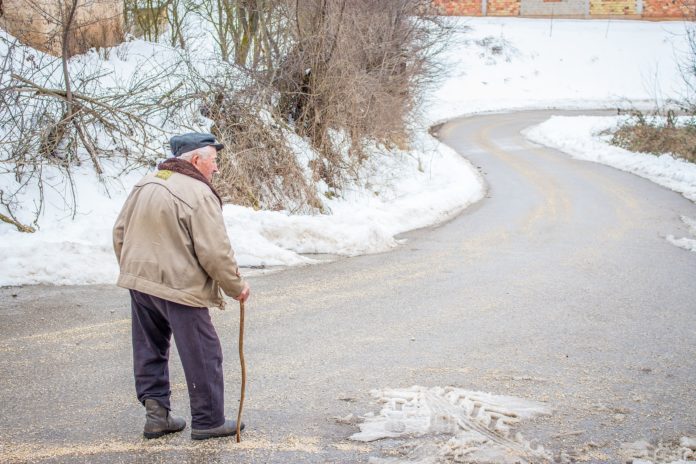If you haven’t personally had a fall or fall-related injury, you likely know of at least one colleague, family member or friend who has.
It’s fairly well known that as people get older, they are at an increased risk for falls, but did you know that middle-aged adults (aged 45 to 64) are also falling?
Here are a few surprising Alberta statistics:
- Almost 40,000 middle-aged adults sought emergency treatment for a fall-related injury in 2018.
- Of those, the most common reason for a fall injury was a slip or trip on the same level (14,436 injuries). Falls related to ice and snow came in second place (8,500 injuries).
- From 2008 to 2018 there has been a 28.5 per cent increase in middle-aged fall injuries that require urgent treatment, with fractures being the most common injury.
It’s not just the older adults and young children who are at risk of falls. Middle-aged Albertans are also falling, second only to seniors.
Why, you might ask? Physical deterioration, including a loss of muscle mass and balance, begins around age 45, particularly in women.
The good news is that we can take action sooner to prevent falls and reduce our risk of injury now, and as we age.
What can we do about it?
- Be active
- Build strength
- Work on our balance
- Target lower limb muscle strength using resistance training and weight bearing activities
- Maintain bone health through exercise and a calcium-rich diet.
There are many great physical activities which support bone health and challenge balance and build strength. Some indoor/outdoor activities to consider this winter include resistance training, Tai Chi, yoga, Nordic walking, swimming, pickleball, exercise classes, biking, snowshoeing, and cross-country skiing.
If you are concerned about falling or you are noticing changes in mobility, talk to your health provider about finding some strategies to help you build your strength and confidence so that you can stay active.









